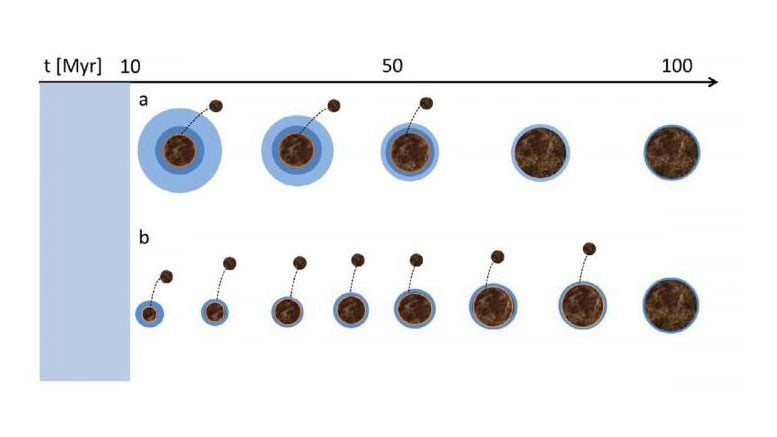
Scientists constructed a physical and mathematical model of Mars- and Venus-sized planet formation. Solar Activity. Credit: Nikolai Erkaev
A scientist from Siberian Federal University (SFU) and his colleagues from Austria and Germany constructed a physical and mathematical model of Mars- and Venus-sized planet formation. The team concluded that Mars had no chance to develop a thick atmosphere and biosphere. In the case of Venus, it depended on solar activity: according to the scientists, it managed to keep its atmosphere due to the fact that the young Sun was not very active. The study was published in Icarus.
According to the model, Mars and Venus arose from protoplanets (and they, in turn, from gas and dust clouds). Planet “embryos” collide, thus forming protoplanets. They get heated, and magma oceans are formed. During their solidification volatiles of the mantles form a thick and hot atmosphere that predominantly consists of water and carbon dioxide. However, due to the low gravity of Mars-sized planets and the high stellar EUV luminosity of young stars, their atmospheres tend to escape. Hydrogen is quite light and goes first, dragging heavier elements (oxygen, carbon dioxide, and noble gases) with it. Hydrogen wind that is formed in the upper layers of the atmosphere is able to pick up heavier particles from lower ones, like a storm in Earth’s atmosphere can carry away dust, aerosols, and so on.
The researchers considered a wide range of possible scenarios describing changes in solar activity. They used all known empirical models of EUV dependence from the age of young stars (in millions of years). They also constrain realistic cases by comparing modeled noble gas isotope ratios with present observations. However, whatever the scenario, Mars-like planets lost their atmospheres and therefore were bound to lose water as well. It takes an atmosphere only tens of millions of years to escape, which is a very short period on the Solar System timescale.
“Available data on the composition of Venus’ atmosphere allowed us to look into the past and understand how the Sun used to act. It seems that solar activity was quite low initially,” pointed out Nikolai Erkaev, a co-author of the article, doctor of physics and mathematics, professor of the department for applied mechanics of Polytechnic Institute (SFU), and chief scientific associate of the Institute of Computational Modeling (FRC KSC of Siberian Branch of the Russian Academy of Sciences).
In some scenarios (with high solar activity) Venus would have lost its atmosphere, while in others (moderate radiation) it would have kept it like it does now. Generally, the results of the modeling are in favor of the scenario in which solar activity was low and the atmosphere with a small amount of residual hydrogen was formed from a protoplanetary nebula on the early accretion stages. In other cases, too much CO2 is lost during planetary evolution, which does not correspond to the present state of Venus’ atmosphere. According to the model, for Venus to become like we know it today, the Sun should have been relatively inactive during the early stages of the Solar system development.
Reference: “Escape and fractionation of volatiles and noble gases from Mars-sized planetary embryos and growing protoplanets” by P. Odert, H. Lammer, N.V. Erkaev, A. Nikolaou, H.I.M. Lichtenegger, C.P. Johnstone, K.G. Kislyakova, M. Leitzinger and N. Tosi, 10 October 2017, Icarus.
DOI: 10.1016/j.icarus.2017.10.031


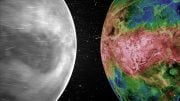
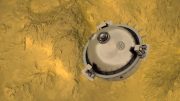
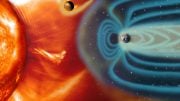
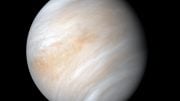
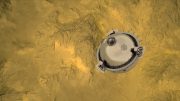
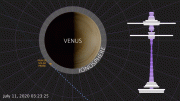
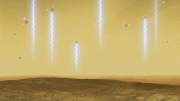
Be the first to comment on "New Model of Protoplanets Sheds Light on Early Solar Activity"